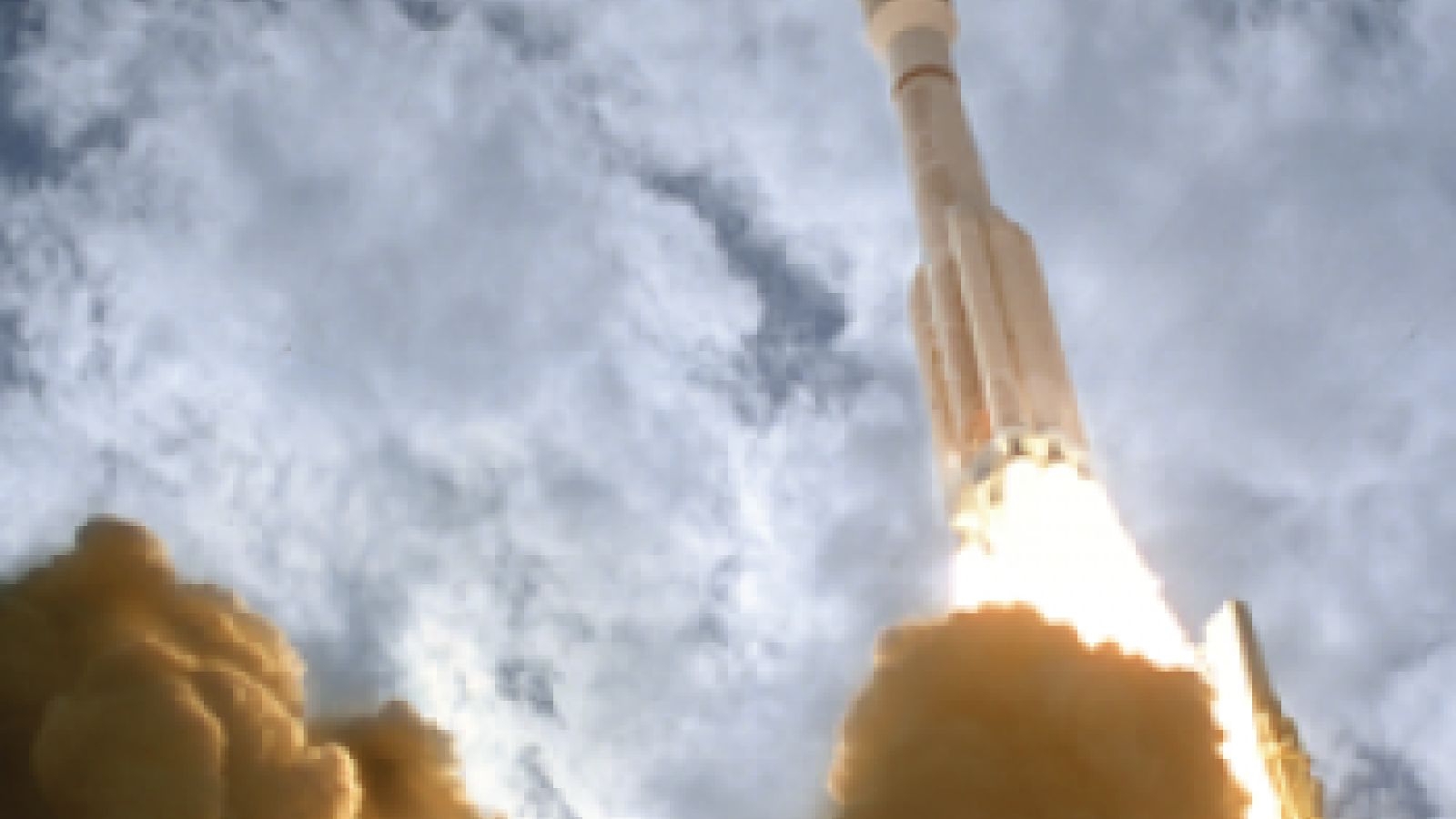The Policy and Science of Rocket Emissions

Synopsis
The best time to deal with a problem is when it’s still small and manageable. This is especially true in space, where problems can stick around for a very long time. For example, years ago, the space industry did not give much thought to the problem of orbital debris, because it seemed a minor issue at the time; however, by neglecting it, satellite operators allowed space junk to become a serious and persistent hazard.
The space community faces a similar crossroad with regard to rocket emissions in the atmosphere. Right now, it’s not a pressing concern—but left alone, it could become a larger and far more intractable problem. This new paper considers the effects of rocket emissions in the atmosphere—what is known, and what is not.
Rockets directly inject combustion products into the stratosphere—a particularly sensitive region that is home to the ozone layer. These emissions deplete the ozone and alter the radiative balance of the atmosphere. Rocket emissions have largely escaped the scrutiny of international regulatory bodies—but that can change at any time.
At this point, the industry’s best tool is greater knowledge and more precise data. In particular, a vigorous global research program will strengthen any efforts to engage the regulatory community and ensure a beneficial outcome for all.
Authors: Dr. Martin Ross, James Vedda
Download this paper at: https://csps.aerospace.org/papers/policy-and-science-rocket-emissions